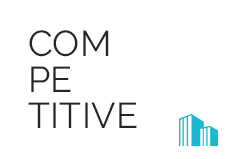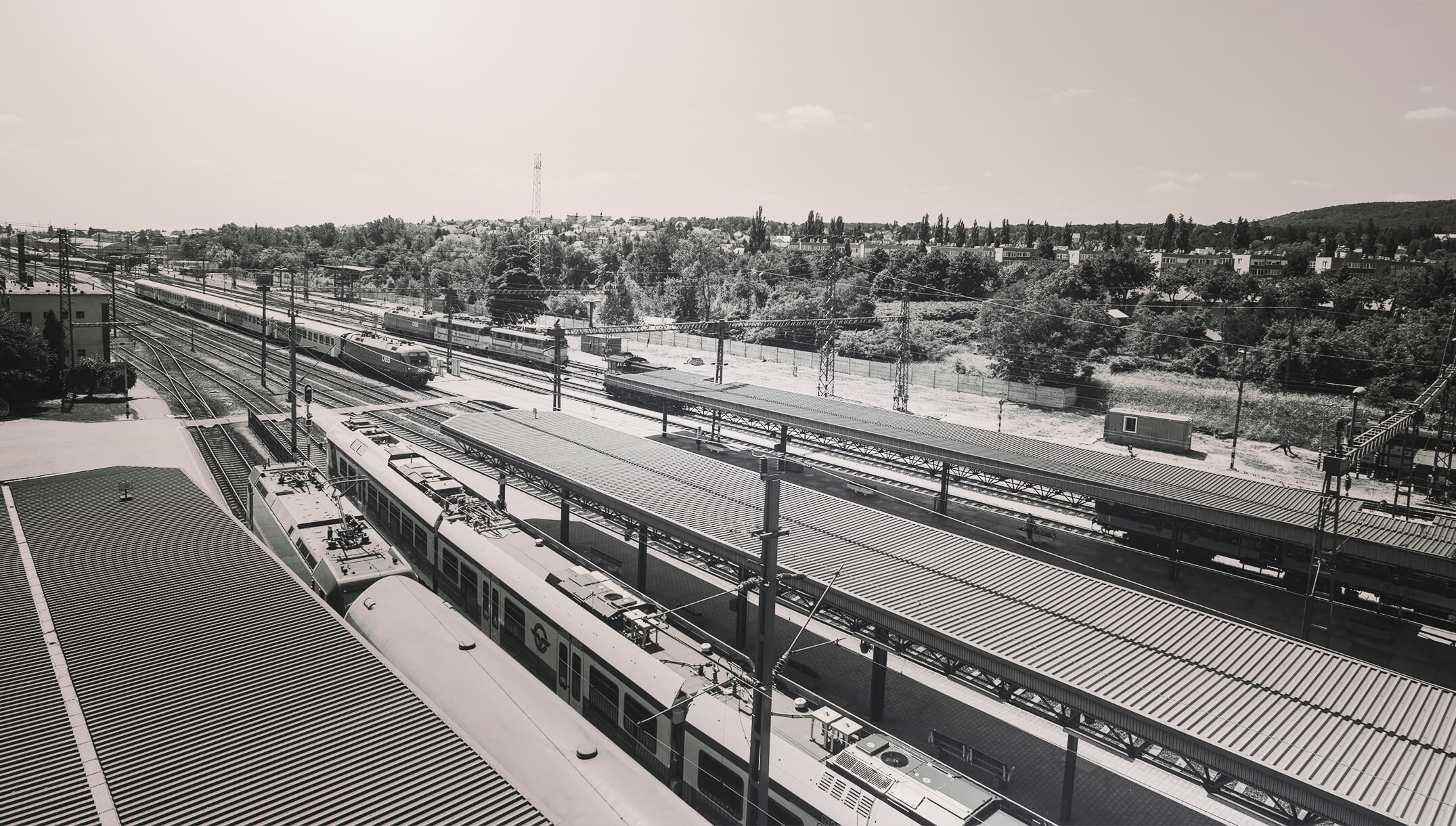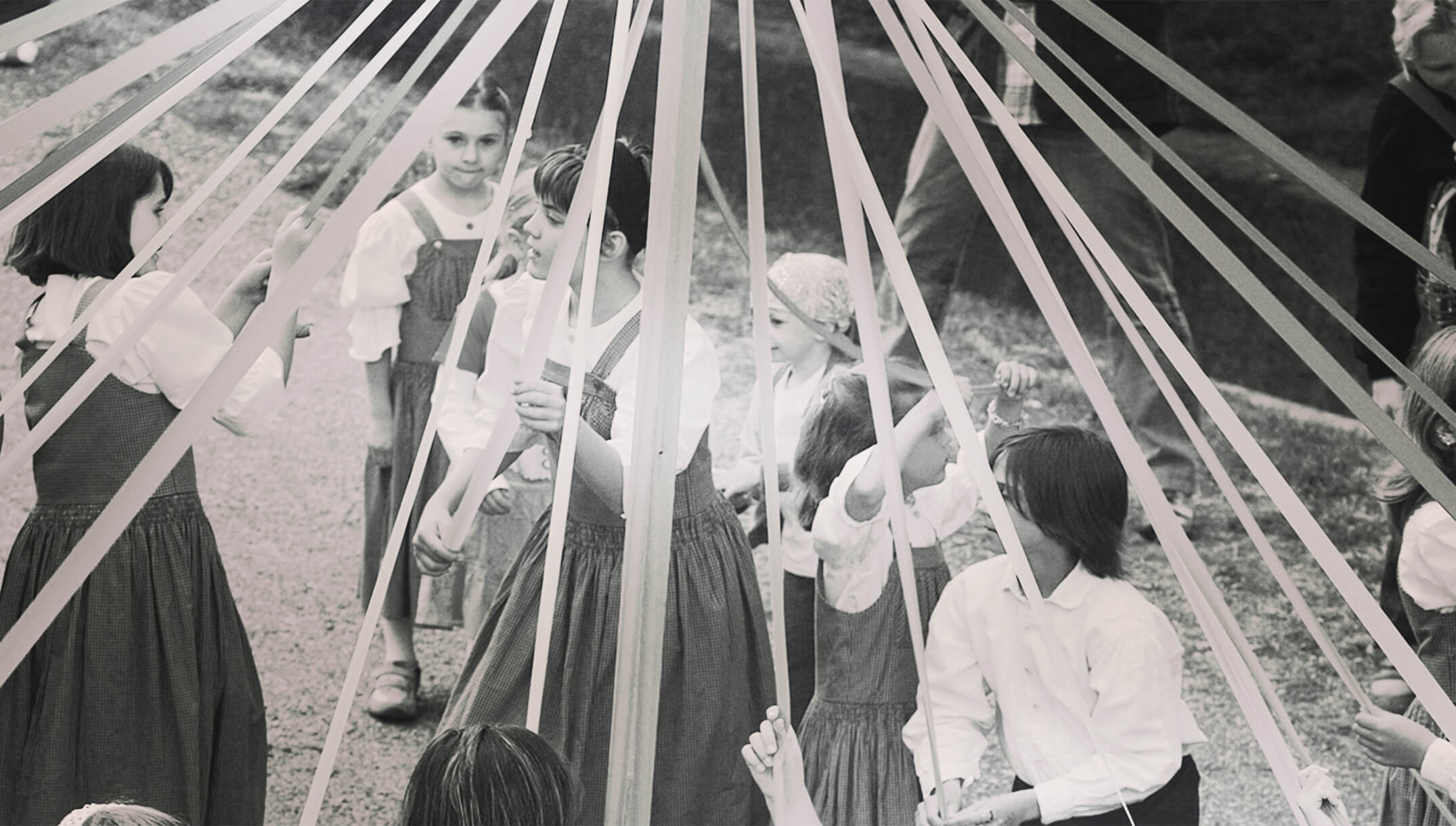Capitalisation up close
What is it and why is it beneficial for all of us?
The word capitalisation is filled up with a colourful meaning: building on the available, further developing the knowledge we gathered, strengthening the connection with already implemented projects, and making efforts in a topic more visible, accessible and replicable.
During the many years of ERDF funding in Austria and Hungary, many valuable achievements are available, some of them are so specific that they are whole on their own, but most of them are of such nature that they are being further developed. The main question here is how to make this development smarter.
How can you capitalise?
As per the Capitalisation Management Guide of Interact, there are many levels and ways to capitalise: one can conduct thematic analyses of project achievements with the support of an external expert, or via keep.eu, dedicated calls can be initiated for capitalisation projects and measures by creating clusters of projects, or capitalisation communities for the sake of transferring the good practices to regional and local levels.
Capitalisation of experience is crucial for the 2021-2027 period not only due to the reduced programme budgets but also for exploiting the collective intelligence to multiply the results of the possibly reduced number of projects.
How did we benefit from the tailored support on capitalisation provided by Interact?
We applied for capitalisation-related tailored support, to reach a common understanding and to find the best way for us to take part in this endeavour. After many meetings, surveys, and considering our financial and human resources we came to a common understanding: launching capitalisation call(s) for cluster projects is the best way for us. The details of such a call are yet to come, drafting the clusters and the definition of topics will be further discussed with our partners.
How can you raise the capitalisation potential of your project?
It can happen in many ways. For example by the organisation of transfer networks or by the coordination of all the transfer activities and formalisation of reports to keep track and capitalise on these transfers (recommendations, lessons learnt, condition of transferability...) actions to mobilise the potentially interested stakeholders providing methodological support: guidelines, human support etc.
The partnership can actively contribute to the transfer activities: either with attendance in the transfer workshops, involvement as "givers of good practices", or welcoming potentially interested stakeholders "on-the-spot" to present their practice, project results, etc.
The capitalisation process implies splitting the responsibilities between all stakeholders. Thus, the Lead partner and other partners can have the following role: to make available all the project deliverables, to formalize the results of the project, to send the requested information to the Managing Authority, and to contribute to the capitalisation event organised by the programme.









